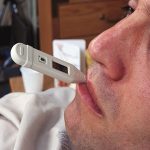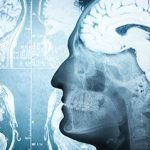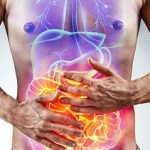
Most folks infected with COVID-19 will only have mild or moderate illness — but that means they’ll still be stuck at home and feeling really lousy. What’s the best way to cope? In many ways, you want to behave as you would if you were suffering from a cold or the flu, said infectious disease expert Dr. Aaron Glatt. “The general good advice we give to people is eat well, make sure you drink enough, make sure you get enough rest, don’t overexert yourself,” said Glatt, chairman of the department of medicine and hospital epidemiologist at Mount Sinai South Nassau in Oceanside, N.Y. “Sometimes patients do a little bit more than they can, and I don’t want to say it exacerbates things, but it exacerbates things,” he continued. “It makes them much more tired and much more fatigued and it can be sometimes like a domino effect.” Difficulty breathing is the most troubling symptom related to COVID-19, so you might want to order a home pulse oxygen monitor (“oximeter”) to keep track of your blood oxygen levels, suggested Dr. Teresa Murray Amato, chairwoman of emergency medicine at Long Island Jewish Forest Hills in Queens, N.Y. Fingertip monitors can be purchased online for about $20. Blood oxygen levels “below 90 warrant at least a call to your doctor and, if persistent, a visit to your local… read on > read on >
















